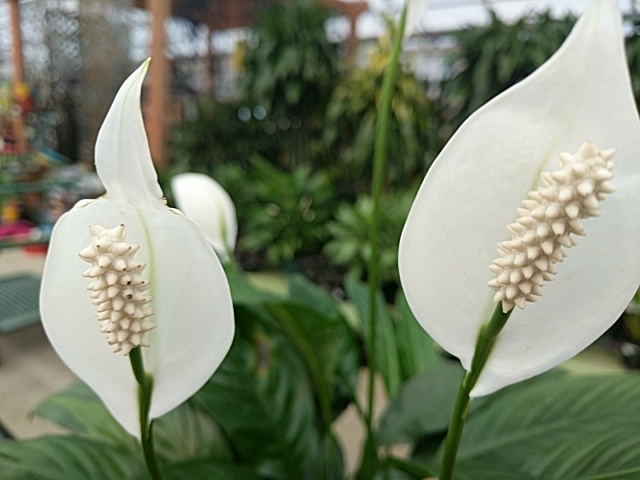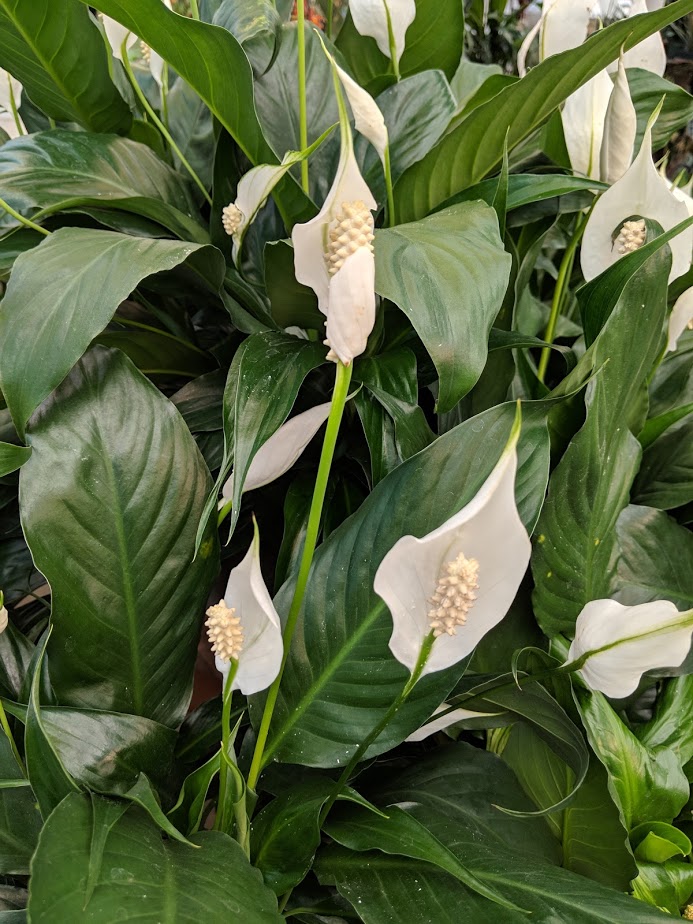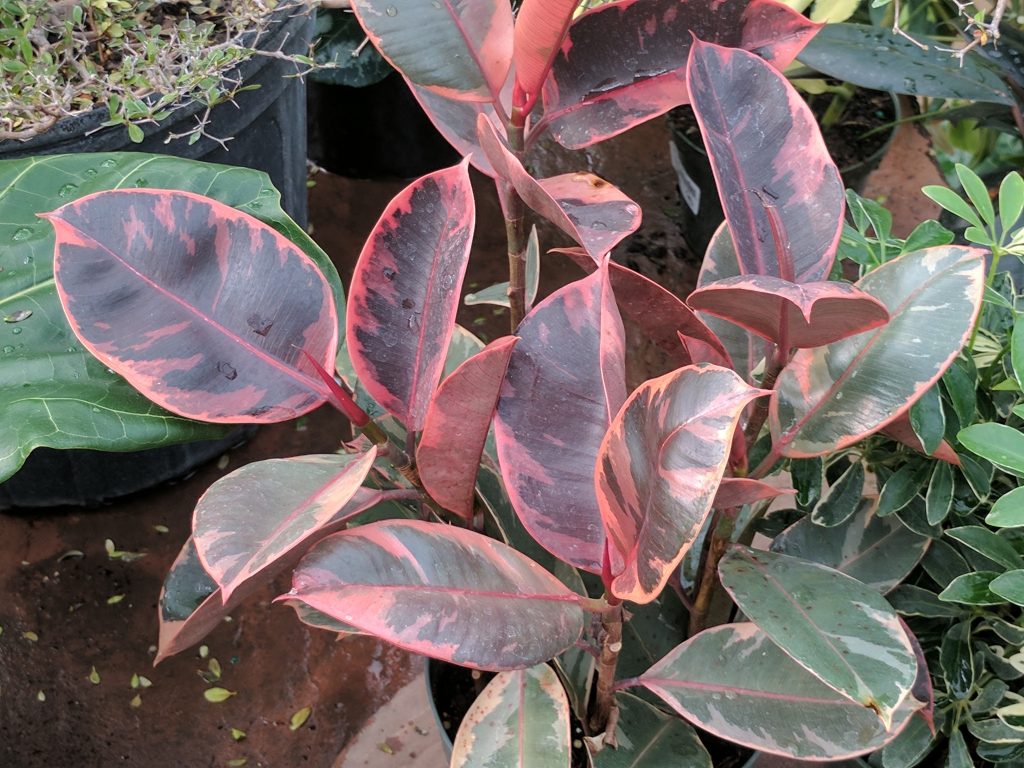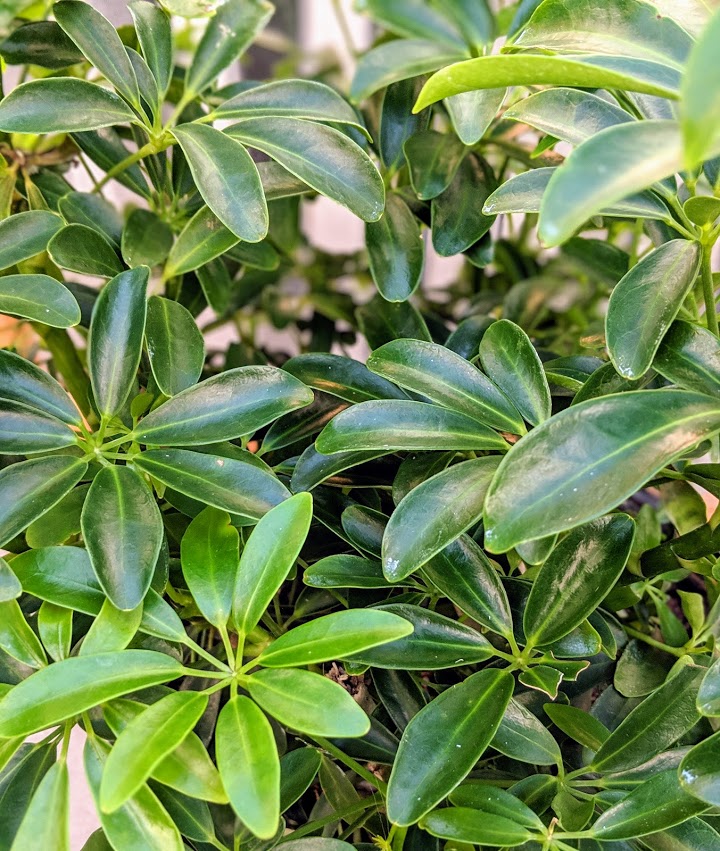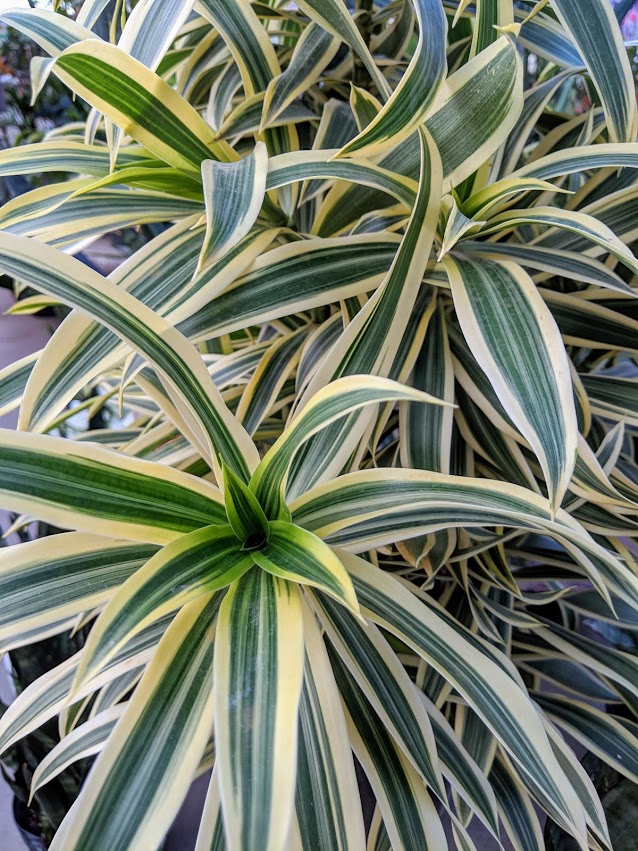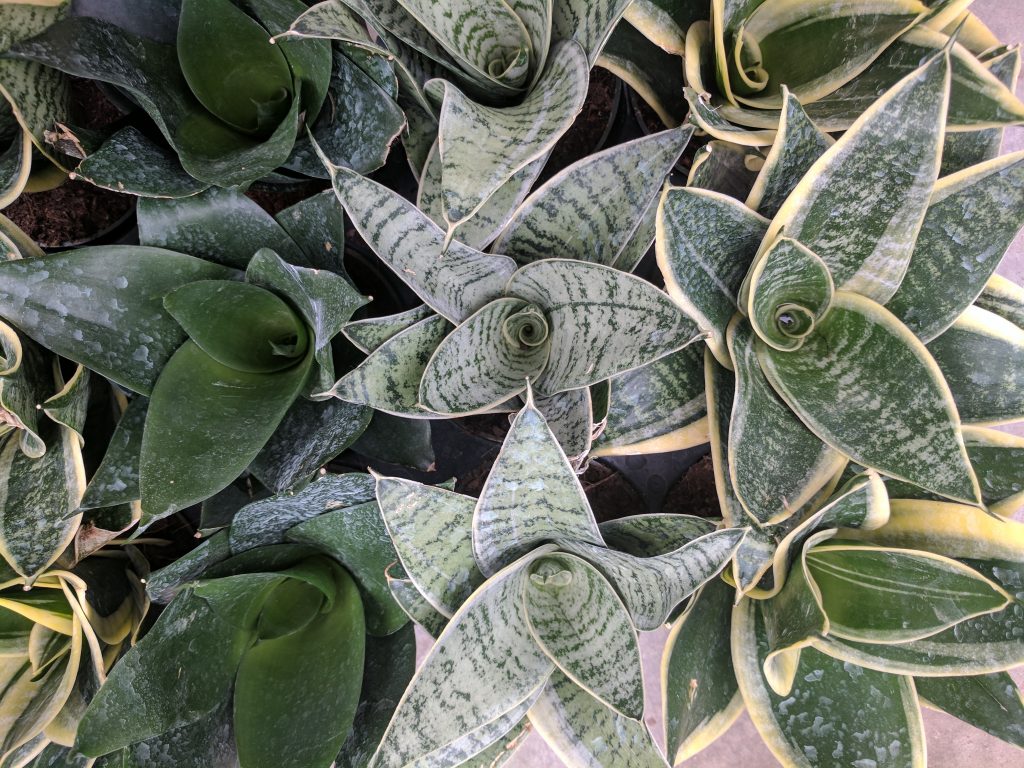Who knew that NASA and the space shuttle program would come up with ways we can freshen our indoor air right here on earth? With proper plant care it’s quite possible, based on extensive research by Dr. B.C. Wolverton. He wrote the book (quite literally!) on houseplants and fresh air. How to Grow Fresh Air: 50 Houseplants that Purify Your Home or Office has been on the market for years, but the results of Dr. Wolverton’s studies are seeing renewed interest. Tagawa’s Houseplant Department is getting lots of questions about fresh air plants and how to grow them in today’s homes, offices and schools.
In a nutshell, how does it work?
Most of us have heard the saying that the rain forests are the lungs of the earth. These amazing forests give off oxygen, which replenishes the earth’s supply, and they absorb carbon dioxide, which we expel with every exhale. A pretty good system!
Dr. Wolverton applies those same principles to plants and people in confined spaces. Healthy house plants give off oxygen and moisture, which helps us. At the same time, they absorb carbon dioxide, which helps them. It’s a win-win!
His research also shows that plants can absorb other vapors common in our indoor spaces, like fumes from paint, adhesives and household chemicals. The magic happens in the plants’ leaves and roots. Both leaves and roots actually pull these unwanted vapors into the plant and into the soil. The roots absorb the incoming toxins, but they’re not storing the chemicals… holding them the way a sponge holds water. They’re actually converting them to food for surrounding beneficial microbes that eat them! Amazing!
But there’s a catch….
To clean the air effectively, the houseplants have to be healthy! That means they need proper watering and light, appropriate soil and good drainage from a pot with with proper drainage holes. Basically that’s Houseplants 101. At Tagawa’s, we can help you with all of that! We carry hundreds of plants included in Dr. Wolverton’s study. We also have hundreds more that almost certainly help freshen the air, even though they weren’t specifically part of the 50 plants chosen for the NASA research.
Dr. Wolverton’s study was conducted in the deep south, and a few of the plants he recommends don’t do especially well in Colorado’s dry air. But there are many more that are right at home here. Let’s take a look at some of the fresh air plants I recommend based on their good scores in the NASA research and their beauty and general ease of care here.
Peace Lily
I love this plant for lots of reasons. It scored very well in the Wolverton study. It doesn’t need a ton of light. A bit of morning sun from an east-facing window is perfect, though even softer light will usually be enough. And it flowers!
Dr. Wolverton describes peace lilies as “…one of the best indoor houseplants.” Unlike most plants in the study, peace lilies like to be kept slightly damp throughout the growing season, then slightly drier in winter. Many other houseplants do best if the top portion of soil is allowed to dry out between thorough waterings.
If a peace lily is allowed to dry out too much, it will go into a “hard wilt.” To put it another way, it will crash! If you water it thoroughly and promptly then allow it to drain, will will probably revive. Just try to be more vigilant next time.
Rubber Plant
Rubber plants, a.k.a. “rubber trees,” scored especially well in the NASA research, and were among the best plants for removing toxic fumes. These plants were popular in the conservatories of Victorian times, but they’re right at home in our drier climate, too.
The rubber tree tested in Dr. Wolverton’s research was solid green. Varieties with deep burgundy, almost black glossy leaves and variegated forms are especially popular now. Variegated plants will keep their coloring best if given soft light. The solid green varieties will tolerate lower light.
Rubber trees do best if the top one-third of the soil in the pot (known as the “one-third rule”) is allowed to dry down before the plants are watered completely. These plants will not tolerate over-watering, which could lead to root rot.
Taper off the water as fall approaches, then water more sparingly during the winter until longer days prompt new growth in the spring.
Schfflera
Dr. Wolverton considers scheffleras to be “…one of the easiest large plants to grow, and an excellent choice for novices.” Many varieties can get quite tall!
Besides being easy to grow and generally resistant to insects and disease, scheffleras (a.k.a umbrella trees,) do a very good job of removing chemical vapors and transpiring helpful amounts of moisture.
They prefer moderate to bright, indirect light. No full sun from west- or south-facing windows. Follow the one-third rule of watering as described above. Despite its easy-going nature, Scheffleras can attract certain insect pests, especially mealybugs and scale. A keen eye and good care will help keep the pests in check.
Dracaena
Dracaenas come in all shapes and sizes and a variety of foliage patterns. Several of them scored very well in the NASA study. They’re all easy to grow and largely insect resistant.
Dracaenas do best in soil that is kept slightly moist, but never soggy. Despite their beautiful lines and stripes, they’ll be just fine grown in softer, indirect light.
It’s common for the lower leaves of some dracaenas to fall off with age. Over time, this can reveal an attractive “trunk” that makes for a striking display.
Is it a “Mother-in-law’s tongue” or a “Snake Plant?”
It’s both. Technically, it’s a Sansevieria, but that can be a mouthful. I’ll go with Mother-in-law’s tongue because that’s what my lovely Swedish grandmother called the ones that she grew.
In the fresh air department, this family of plants does something quite interesting.
Most of the plants we’ve looked at give off their oxygen and humidity during the day. Mother-in-law’s tongue performs it’s air cleaning duties at night. That’s given it one more name: a “bedroom plant.” It’s an especially nice plant to grow in any room where we spend a lot of time uninterrupted by traffic in and out… doors opening and closing. As we lie sleeping for six or eight hours, the plant is at work cleaning air that might otherwise get stale or stagnant. Nice trick!
Mother-in-laws tongue or snake plants are also extremely easy to care for…. “almost indestructible,” according to Dr. Wolverton. The only sure way to kill them is by over-watering, which will rot the roots. A deep, thorough watering… then let them dry completely before watering again.
Give them semi-sun, semi-shade or light shade, and feel good about the air you’re breathing!
Our plants are just waiting for you!
Tagawa’s Houseplant Department is a great place to wander no matter what you’re shopping for. But our Houseplant Staff is always be eager to point you towards the best fresh air plants for your home or office. They’ll be happy to explain the basics of good houseplant care. We look forward to helping you clean the air and beautify your indoor world all at the same time!
